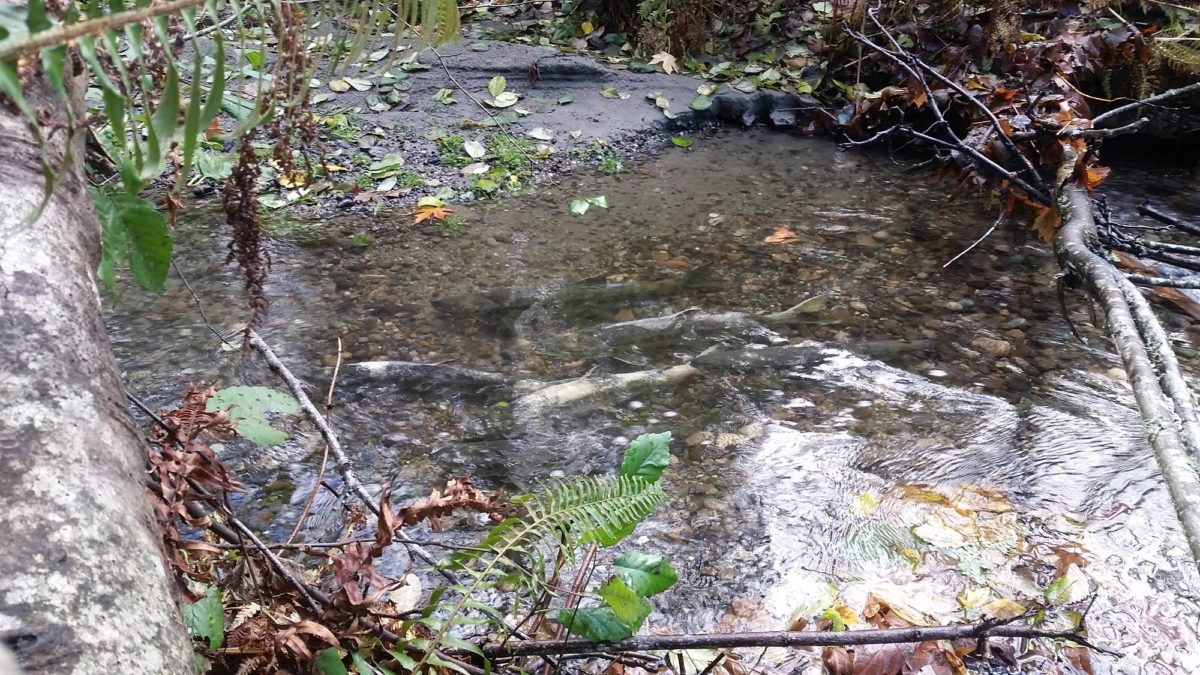
Comment On Ecology’s Water Quality Revisions For Fish Redds
THE FOLLOWING IS A PRESS RELEASE FROM THE WASHINGTON DEPARTMENT OF ECOLOGY
Salmon need cool, clean water to survive. That includes enough oxygen and healthy habitat. To address these two needs, and support salmon recovery in the state, the Department of Ecology is proposing to revise state water quality standards.

By updating the regulatory framework for water quality, known as standards, the agency can better protect water quality and physical habitat for all salmonids, including salmon, steelhead, trout, char, and whitefish.
Specifically, Ecology is proposing changes to ensure salmonid nests (called redds) have enough oxygen to support incubating eggs and newly hatched young. Ecology is also looking to better protect these nests from the negative effects of too much fine sediment in stream beds, which can suffocate salmon in their earliest stages of life.
Addressing fine sediment
Fine sediment on salmon spawning gravel can block water flow through the gravel, depriving eggs and larvae of the oxygen they need for proper growth and development.
Fine sediment is often the result of soil erosion, which can happen for many reasons, including development and construction, agricultural practices, and forestry. There are best practices for these industries and activities to mitigate sediment pollution and erosion.
Currently, the state’s standards do not directly address fine sediment. Ecology is proposing to clarify what fine sediment protection means, which will allow for better implementation of state standards.
Maintaining healthy oxygen levels
This effort will improve how Ecology evaluates water conditions for the benefit of all salmonids and other aquatic life in fresh water. Knowing the cause of water quality problems helps Ecology and partners develop appropriate solutions. To ensure healthy oxygen levels in the water, Ecology proposes to:
- Increase the required amount of oxygen in the water to better protect early life stages of salmonids in gravel beds.
- Add a dissolved oxygen requirement in the gravel beds of rivers and streams to provide a direct way to ensure salmonid eggs and young have enough oxygen.
- Add a dissolved oxygen saturation requirement, which reflects how much oxygen the water can hold at a given temperature and pressure. This will help determine the cause of low dissolved oxygen, which is most often due to high water temperature and excess nutrients.
Providing feedback
Please provide comments on the draft rulemaking language, including the Preliminary Technical Support Document, Preliminary Implementation Plan, and Preliminary Regulatory Analyses by Dec. 16, 2021. Public hearings will take place on December 8 and 9.
All draft documents, public hearing information, and instructions on how to comment are on Ecology’s rulemaking webpage.
This rulemaking process began in late 2019, with Ecology convening a science advisory committee to discuss the science supporting the draft rule changes. Learn more about the science behind these changes in a 2019 blog post by the department.
